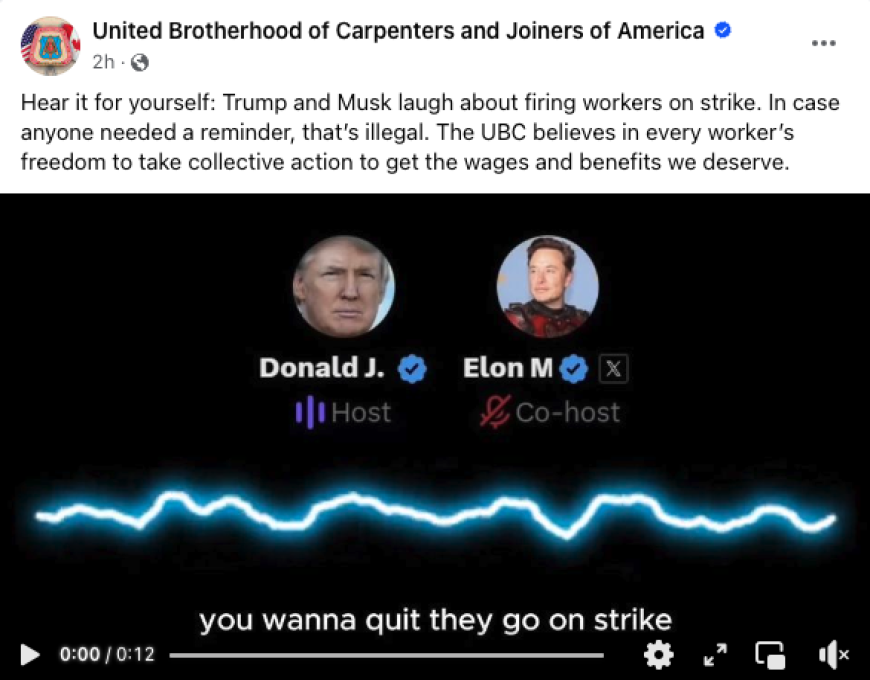Carpenter Economics
Davis BACON PREVAILING WAGE
Contractors or their subcontractors are required to pay workers for federally funded construction, alteration or repair of public buildings or public works no less than the locally prevailing wage and fringe benefits paid on projects of a similar nature.
The Davis-Bacon Act is named after its Republican sponsors, James J. Davis, a Pennsylvania Senator and a former Secretary of Labor under three presidents, and Representative Robert L. Bacon of Long Island, NY. It was singed into law by President Herbert Hoover in 1931.
Prevailing wage laws set the wage and benefit floor based on local survey data of the going rate for particular crafts. This ensures that work on government-financed projects does not cut the area standards. It levels the playing field for local workers and local contractors.
Prevailing Wage
 |
Requires Employers to pay workers prevailing wage hourly pay plus fringe benefits and pay overtime pay after 8 hours on the job site. |
 |
Required prevailing wage pay is set by the DLI based on wage reports, location and type of work and includes commercial, highway heavy and residential. |
 |
Levels the playing field for law-abiding contractors by deterring wage theft, misclassification, tax fraud and worker exploitation which are common tactics used to lower bids. |
 |
Promotes the use of a TRAINED workforce, boosting safe productivity and reducing jobsite injuries and OSHA violations. |
 |
Incentivizes hiring apprentices in a certified apprenticeship program, by requiring journey-level and apprentice wage scaled. |
Right to work
(for less)
Right-to-Work laws make it harder for working people to form unions and collectively bargain for better wages, benefits and working conditions.
Right-to-Work encourages free riders to benefit from union services at no cost, which increases the operating and maintenance costs of the union.
When businesses are given a choice to operate without unions, they are more likely to lower the safety standards set in place for their employees.
3.1%
States with Right-to-Work see 3.1% lower wages for workers than in states with Prevailing Wage.
24%
In Right-to-Work states, 24% of jobs are in low-wage occupations compared to 14.5% in other states.
36%
Discrimination charges through the Equal Employment Opportunity Commission (EEOC) are 36% higher in Right-to-Work states.
Where do candidates stand?
The North Central States Regional Council of Carpenters' political support is directed in ways that support Prevailing Wage, Member Work Hours, and Market Share. As the next General Election approaches, make sure you know where your candidates stand on carpenter economics. The North Central States Regional Council of Carpenters' political support is directed in ways that support Prevailing Wage, Member Work Hours, and Market Share. As the next General Election approaches, make sure you know where your candidates stand on carpenter economics.
